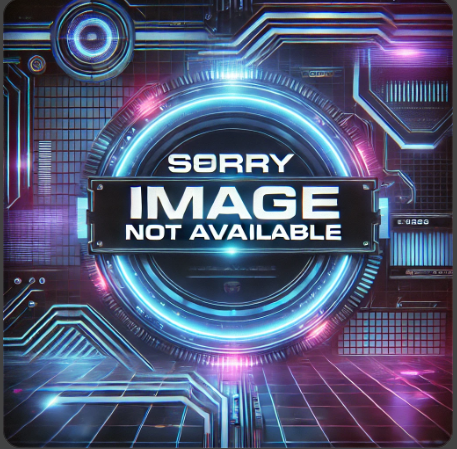Understanding Your Nintendo Switch's sysNAND: A Comprehensive Guide
The Nintendo Switch, a powerhouse of portable and home console gaming, relies on a sophisticated system to manage its software and data. Central to this system is the sysNAND, a crucial component often misunderstood by even seasoned gamers. This comprehensive guide will demystify the sysNAND, explaining its function, importance, and how understanding it can help you better manage your Switch.
What is sysNAND?
Simply put, sysNAND (system NAND) is the primary storage area on your Nintendo Switch that holds the system software itself, including the operating system (OS), firmware updates, and crucial system files. It's the heart of your console's functionality; without a healthy sysNAND, your Switch won't boot. Unlike the user-accessible storage where you save games and download software (which we'll refer to as userNAND), the sysNAND is generally not directly accessible or modifiable by the end-user.
sysNAND vs. emuNAND: Key Differences
Often discussed alongside sysNAND is emuNAND, a term frequently encountered in the Switch hacking community. Crucially, emuNAND is not a native part of the Switch's architecture. It's a custom-created partition, usually created through exploits, that essentially mirrors the sysNAND. This allows users to install custom firmware or homebrew applications without affecting the original sysNAND, thus providing a safer environment for experimentation. This is a crucial distinction. Modifying your sysNAND directly is risky and can brick your console, rendering it unusable.
Why Understanding sysNAND is Important
Understanding the sysNAND is important for several reasons:
-
Troubleshooting: If your Switch experiences system errors or boot problems, knowing about the sysNAND can help you identify the potential source of the issue. A corrupted sysNAND usually requires a factory reset or, in worst-case scenarios, professional repair.
-
Firmware Updates: Understanding that firmware updates directly affect your sysNAND highlights the importance of regularly updating your console to benefit from bug fixes, security patches, and improved performance.
-
Custom Firmware (with caution): If you're exploring the world of custom firmware, understanding the sysNAND's role and the potential risks associated with modification is paramount. Always proceed with caution and only use reputable sources and guides.
-
Data Security: The sysNAND houses critical system files. Maintaining its integrity contributes to the overall security of your console and protects your personal data.
Maintaining a Healthy sysNAND
While you cannot directly manage the sysNAND, there are several best practices to keep it healthy:
-
Regularly Update Your Firmware: Download and install firmware updates promptly to address vulnerabilities and improve performance.
-
Avoid Risky Modifications: Unless you are experienced and understand the potential risks, avoid attempting modifications that directly affect the sysNAND. Use emuNAND if you want to explore custom firmware.
-
Proper Shutdowns: Avoid abruptly powering off your Switch, which can lead to data corruption.
-
Keep Your Console Clean: Dust buildup can affect the overall performance of your console, indirectly impacting its systems, including the sysNAND.
Conclusion: Respecting the Core
The sysNAND is the foundational element of your Nintendo Switch's operation. While you might not directly interact with it, understanding its function and importance is critical for maintaining a healthy and functional console. Remember to prioritize safe practices and only explore modifications if you're fully aware of the associated risks. By respecting the core of your Switch, you ensure a long and enjoyable gaming experience.
Related Keywords: Nintendo Switch, sysNAND, emuNAND, custom firmware, homebrew, Nintendo Switch repair, Nintendo Switch troubleshooting, Nintendo Switch system software, Nintendo Switch updates, console repair
Disclaimer: This article provides information for educational purposes only. Modifying your Nintendo Switch's system software can void your warranty and potentially damage your console. Proceed with extreme caution and at your own risk.

